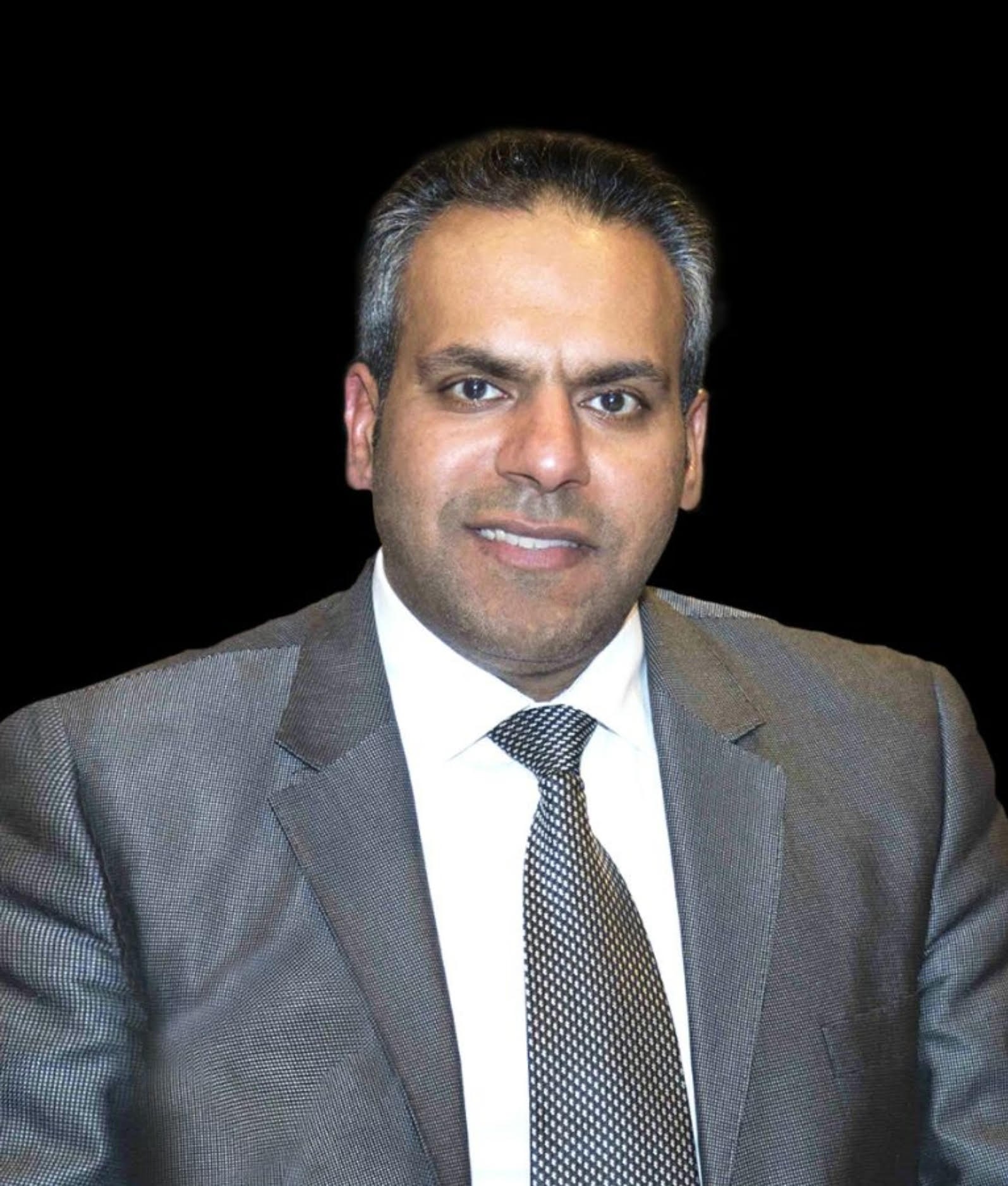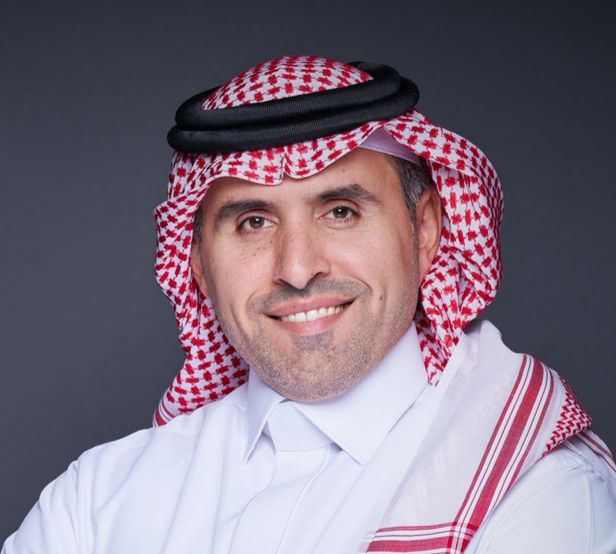Publisher: Maaal International Media Company
License: 465734
What does Saudi/Kuwaiti ultimatum statement about Al-Durra gas field mean?
Both Saudi Arabia and Kuwait have reaffirmed their rights to utilize their natural resources in the Al-Durra gas field, which means that they will go on with the field development implementation as agreed upon last month.
The statement from the Saudi/Kuwait Ministry of Foreign Affairs to expedite the development and exploitation of Al-Durra gas field wasn’t because of Iran’s warning not to move ahead with the field development before the maritime border between Iran and Kuwait is properly delineated, but it was a renewed invitation to Iran to hold negotiations on defining the eastern boundary of the offshore area.
The “neutral zone” area between Saudi Arabia and Kuwait, this means that everything beneath it is divided equally between both countries. Al-Durra gas field is located in the “neutral zone” area upon the agreement to share wealth beneath the onshore and offshore, whether in Saudi Khafji zone or in Kuwait Wafra zone, regardless of the quantities of oil or gas.
اقرأ المزيد
Even if Kuwait struggles from a severe shortage of gas supplies to meet the rapidly increasing domestic power demand, and therefore its greater need to benefit from the common gas between the two countries, there is no greater winner or loser among both brothering nations the Kingdom of Saudi and the State of Kuwait.
Since the end of the concession contract granted to the former Japanese company in the “neutral zone”, Saudi Aramco and the Kuwait Oil Company have both developed and entirely developed and modernized the marine and onshore assets of the Khafji Joint Operations, by assigning the operations of these joint fields to Aramco Gulf Operations Company (a wholly owned company of Saudi Aramco) and the Kuwait Gulf Oil Company (a wholly owned company) to Kuwait Oil Company with an exemplary joint agreement for the management and production of oil and gas between the two brotherly countries that reinforces the concept of brotherhood, distinguished relations and the strong ties between the two countries. The Saudi and Kuwaiti citizens have both shared the development of all production operations and the development of joint oil and gas reservoirs.
Iran’s allegations regarding the Al-Durra gas field, which is located in the territorial waters between the Kingdom of Saudi Arabia and the State of Kuwait, are false allegations and in violation of international law and the rules of demarcation of maritime borders.
Iran’s allegations of its partnership in the joint Al-Dorra gas field between Saudi Arabia and Kuwait came after the signing of an agreement to develop the Al-Dorra gas field, which is expected to produce one billion cubic feet per day of natural gas and 84,000 barrels per day of condensate.
The dilapidated infrastructure of the oil and gas industry in Iran have not been developed since the era of the Shah of Iran at the end of the seventies of the last century, in addition to the rotten old gas facilities, there is a great reluctance of international companies to invest in Iran. Hence, Iran imports gas from its northern border countries, while it shares with Qatarin the world’s largest gas field in its southern borders.
Faisal Faeq
Energy Adviser (former OPEC and Saudi Aramco)
Twitter: @FAISALFAEQ






